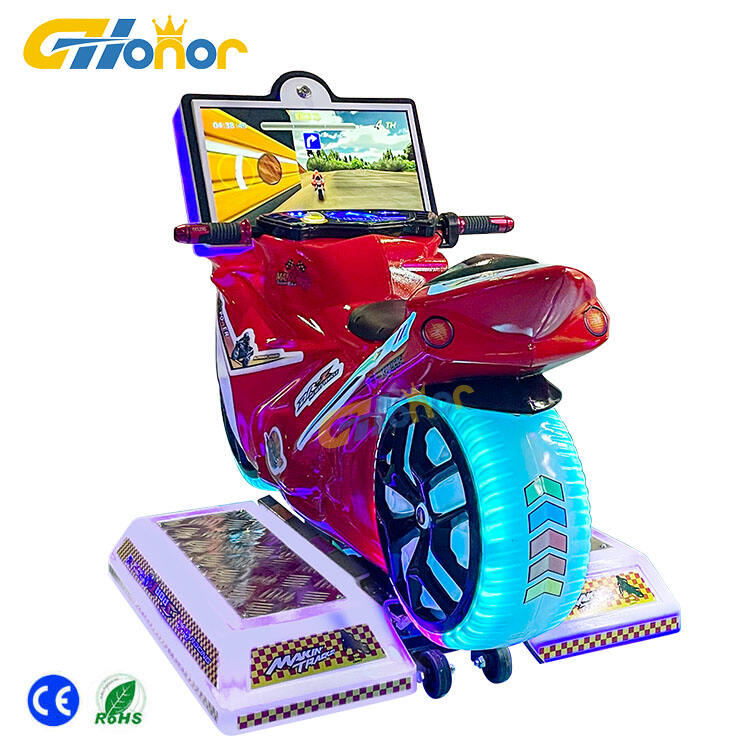Racing game development is a complex, multi-disciplinary process that involves designing, coding, testing, and refining a racing video game, combining expertise in software engineering, art, sound design, physics, and user experience to create a functional, engaging product. This process varies by platform (console, PC, mobile, arcade) but follows a structured pipeline from concept to release. The development process begins with pre-production, where the team defines the game’s core concept: target audience (casual vs. hardcore), style (realistic vs. arcade), platform(s), and unique selling points (e.g., VR support, open-world exploration). A game design document (GDD) outlines mechanics, features, vehicles, tracks, and progression systems, while concept art establishes the visual style. Prototyping follows, with developers creating basic versions of key elements—vehicle handling, a simple track, and core UI—to test gameplay feel. This phase focuses on iterating quickly, refining physics engines to balance realism and fun, and ensuring controls are intuitive. Programmers use engines like Unreal Engine, Unity, or proprietary software to code mechanics, while artists create preliminary 3D models of cars and environments. Production is the longest phase, involving full-scale development of content and systems. Programmers build complex features: AI opponents with varying difficulty levels, multiplayer networking, damage systems, and dynamic weather effects. Artists create high-detail 3D models (cars, tracks, characters), textures, animations (vehicle movement, collisions), and visual effects (smoke, sparks). Sound designers record or generate engine noises, tire screeches, and ambient sounds to enhance immersion. Level designers craft detailed tracks, integrating obstacles, shortcuts, and environmental storytelling. Quality assurance (QA) testing is ongoing during production, with testers identifying bugs (glitches, crashes), balancing issues (overpowered vehicles), and usability problems (confusing UI). Feedback is used to iterate, with developers adjusting physics, track layouts, or difficulty. Post-production involves polishing the game: optimizing performance (frame rates, load times), refining graphics, and finalizing audio. For online games, servers are set up, and anti-cheat systems are implemented. The game is then submitted for platform certification (e.g., PlayStation, Xbox) to ensure it meets technical standards. Post-release support may include updates, downloadable content (DLC) (new cars, tracks), and patches to fix issues reported by players. Racing game development requires collaboration across teams, with a focus on balancing technical feasibility, creative vision, and player satisfaction to deliver a game that is both fun and functional.
